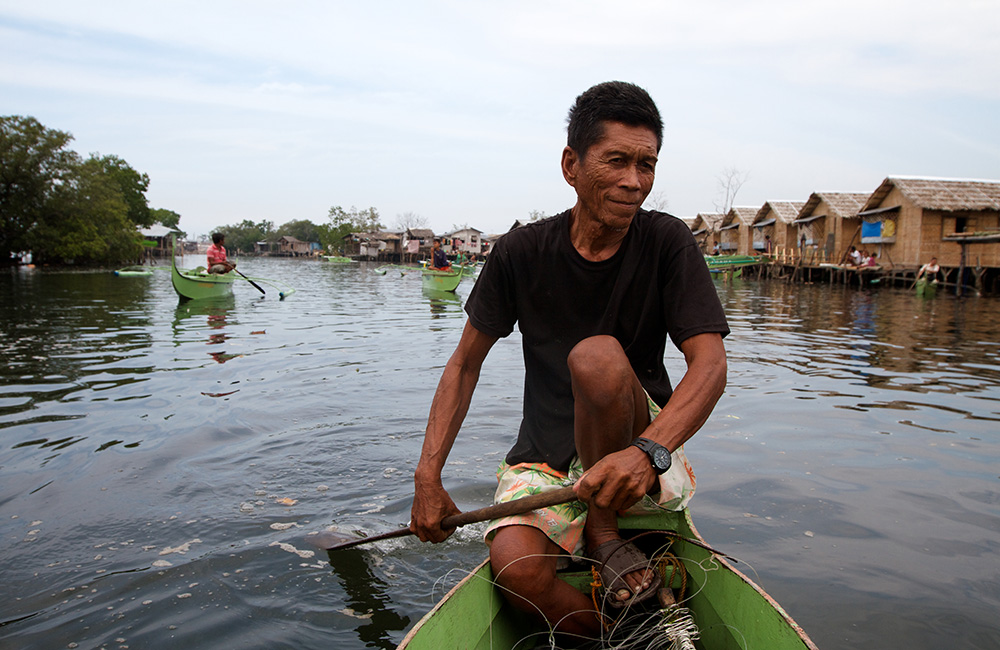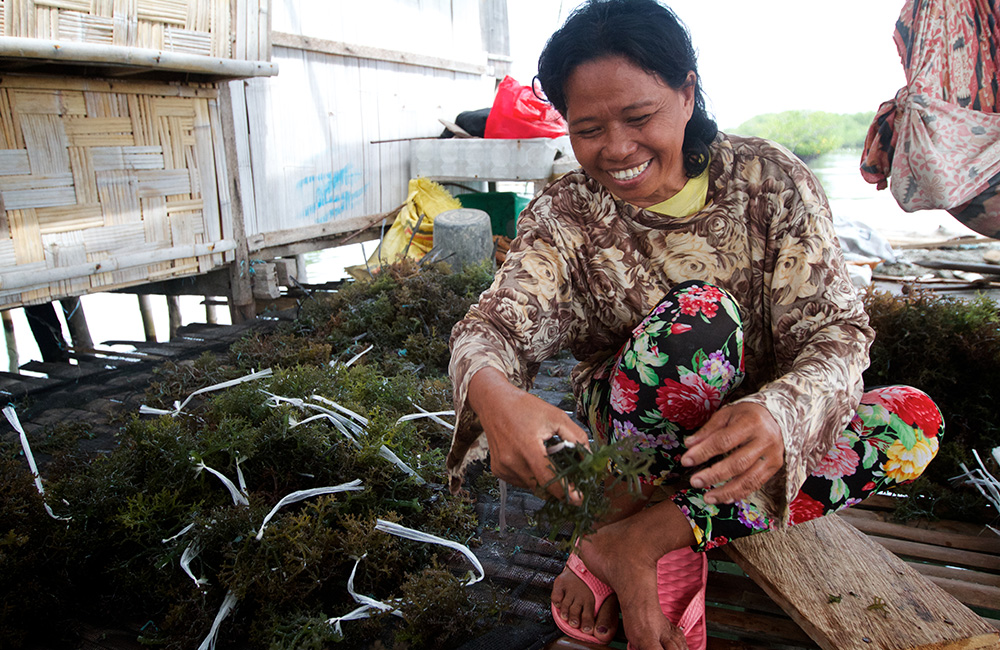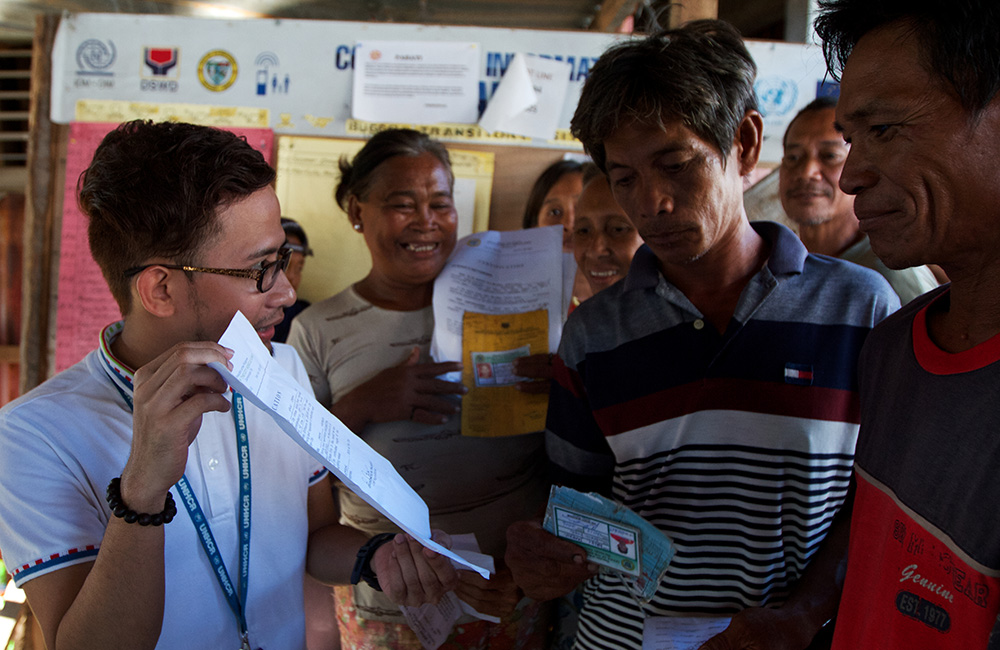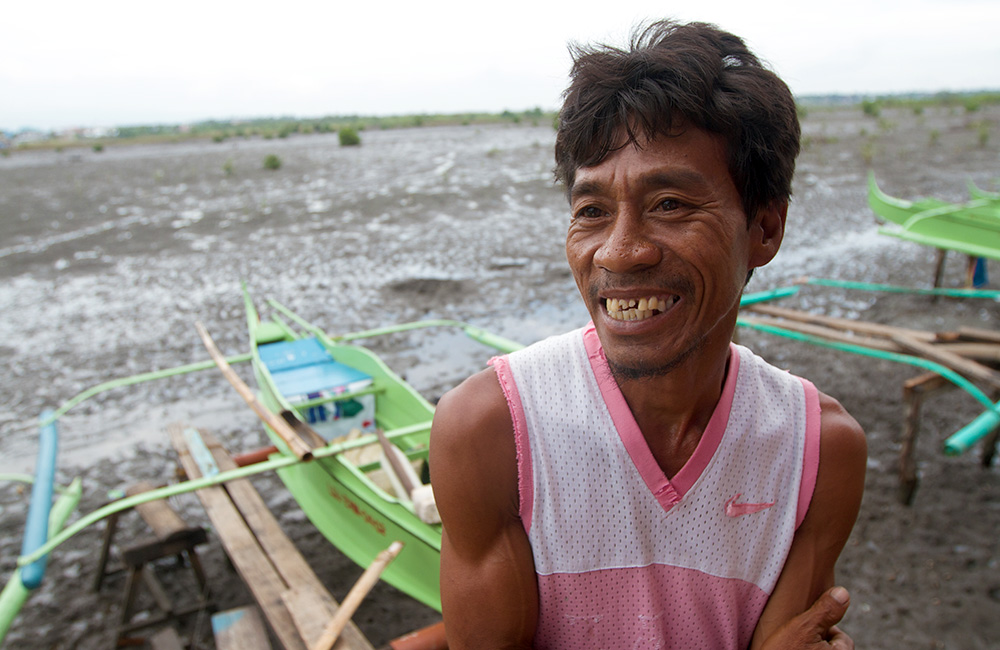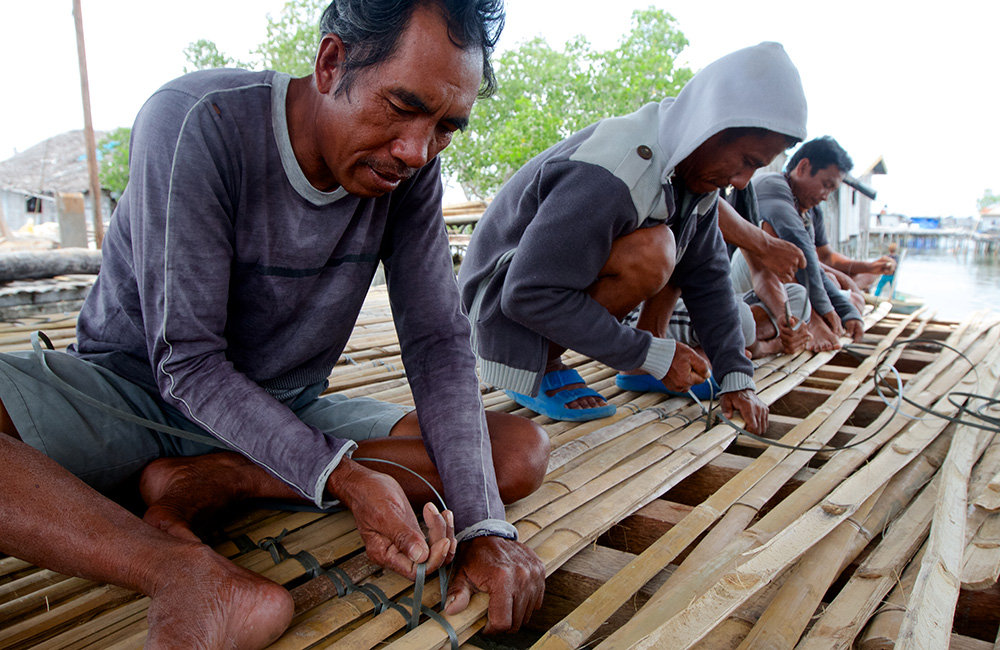Holding on to hope and home in Mindanao
Together with the Department of Social Welfare and Development (DSWD), UNHCR co-leads the Mindanao Protection Cluster to provide protection and durable solutions to families forced to flee their homes due to conflict and natural disasters.
With other cluster members, UNHCR continues to identify communities that are subjected to protracted displacement to ensure that all internally displaced persons (IDPs) are identified and supported with durable solutions to their displacement.
Support UNHCR and enable us to provide assistance and deliver Quick Impact Projects (QIPs) that help displaced families rebuild their lives. This July, outrigger boats will be provided to the Layag-Layag and Leha-Leha communities in Zamboanga City, where skirmishes between government forces and non-state actors took place in 2013.
The boats will serve as transportation for children going back and forth to school in the mainland and can be use also for community livelihood and emergency purposes. UNHCR, together with its partners, has also completed assessments, consultations, and coordination for quick impact project implementation at the municipal and barangay level in nine (9) barangays.
The Protection Cluster continues to monitor new displacement and address protection issues. In April 2016, it monitored over 150,000 IDPs presently displaced and in need need of humanitarian assistance and durable solutions.

